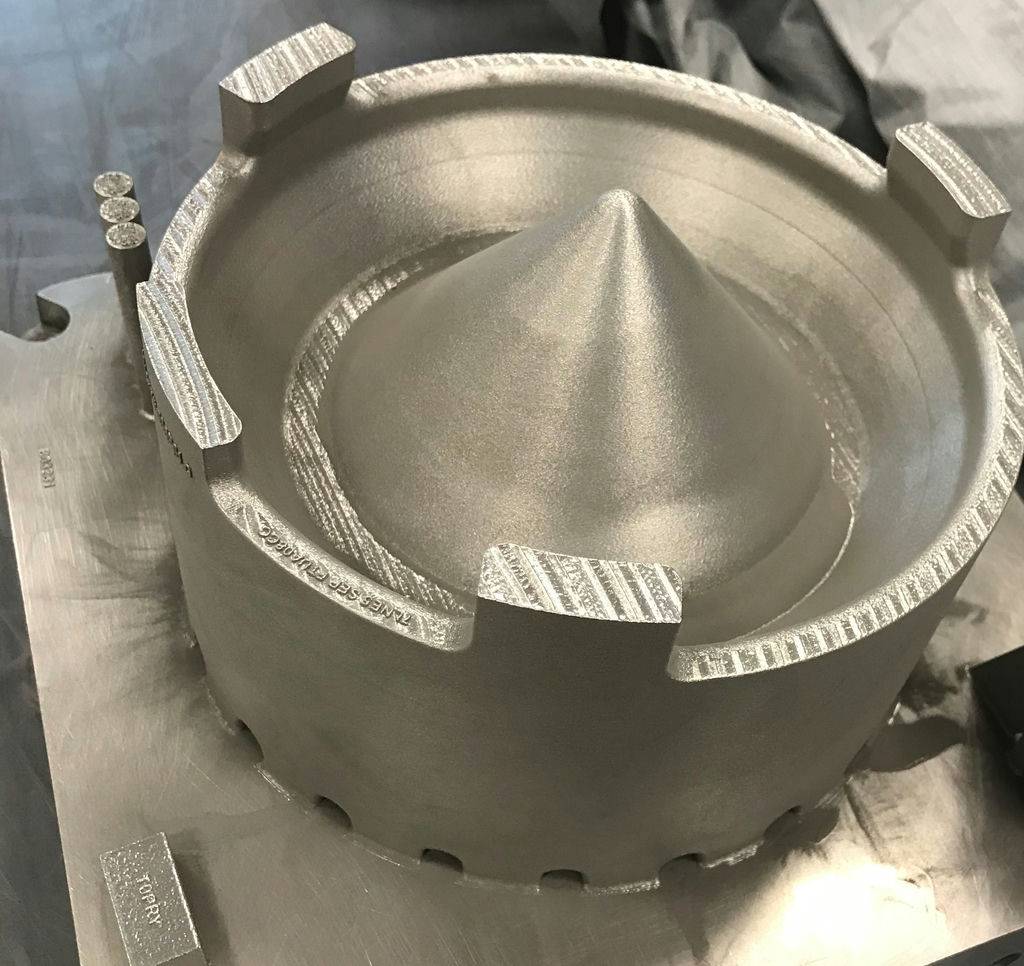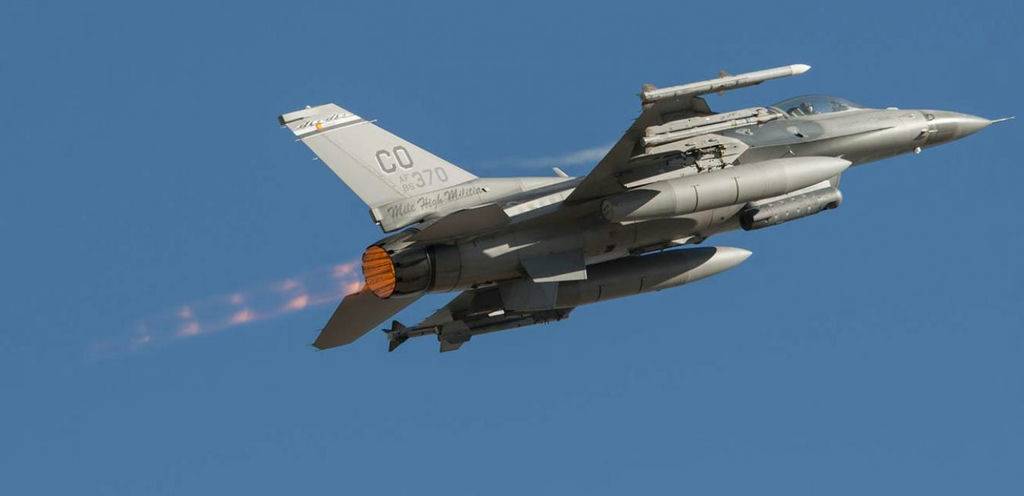In the 1980s, when the US Air Force opened up what is now known as the Great Engine War for propulsion systems to power its F-16 and F-15 fleets, GE saw its chance to again become a major supplier of power plants for fighter aircraft. Its engineers had developed the engine for the B-1 supersonic bomber, and they used its powerful and efficient beating heart — called the core — to design a new jet engine, the F110. The move was a resounding success. “Today, the vast majority of frontline F-16 fighters are powered by our F110 engine,” said GE Aviation historian Rick Kennedy. “The F110 is one of the great stories of GE — of coming back into an industry. Back in 1970, GE was shut out of the competition to power F-16s and F-15s. Now here we are all these decades later.”
The story of the F110 engine isn’t over yet, though — it’s still adding chapters. The Air Force is still searching for the best, nimblest ways to procure parts, including crucial spare parts it needs for planes that have been in service for decades. Last year, representatives from GE Aviation and GE Additive approached the Air Force’s Rapid Sustainment Office (RSO) with an idea: Why not make those parts with 3D printing?

Now that collaboration is bearing fruit: GE’s engineers are building a 3D-printed sump cover for the GE F110 engine. The sump is part of the oil lubrication system, and the sump cover is basically a cap — and a key part of the engine, said James Bonar, engineering manager at GE Additive: “Compared to other parts on the F110 engine, the sump cover might have lower functionality, but it is incredibly important. It needs to be durable, form a seal and it needs to work for the entire engine to function — which is, of course, critical on a single-engine aircraft like the F-16.”
GE was able to make its case on the basis of its broad expertise with this kind of technology. Also known as additive manufacturing, 3D printing works by fusing thin layers of metal powder with a laser or electron beam to make a final product. The technology allows engineers to create shapes that would otherwise be too expensive, or simply too intricate, to create by casting or stamping. As Antroine Townes, site leader for GE Aviation’s Cincinnati-area Additive Technology Center (ATC), told GE Reports, “The beauty and the value of additive manufacturing come in the flexibility of design and the speed of innovation.”
That’s been a boon for GE’s work in aviation, in particular. Engineers at the ATC, for instance, were able to use the technology to combine more than 300 engine parts into just seven 3D-printed components in the new GE9X engine, the most powerful jet engine in the world. Thanks to 3D printing and other technologies, that engine is 10% more fuel-efficient than its predecessor, the GE90. GE Aviation also relied on 3D printing for its Catalyst, the first clean-sheet turboprop engine to make it to the aviation market in more than a half-century. With 3D printing, GE’s engineers distilled about 800 parts down to about a dozen, while reducing the Catalyst’s weight and improving its fuel consumption.
GE’s collaboration with the Air Force RSO builds on this work. “The Air Force wanted to go fast from day one and gain the capability and capacity for metal additive manufacturing, as rapidly as possible, to improve readiness and sustainability,” said Lisa Coroa-Bockley, general manager for advanced materials solutions at GE Aviation. “Speed is additive’s currency.”
The first print run of the sump covers — which are conventionally cast from aluminum — happened at the ATC, where engineers created the parts from cobalt-chrome powder using GE Additive’s Concept Laser M2 machine. “Part of that process involved exploring how to quickly eliminate the associated risks with castings, and how metal additive might replace it for those parts that are either no longer in production, or where we need smaller production runs to keep our platforms flying,” explained Melanie Jonason, chief engineer for the propulsion sustainment division at Tinker Air Force Base in Oklahoma.
For the overall collaboration, the Air Force and GE are using a “spiral development” model common to fields like software: Basically, you start with single parts with lower functionality, like the sump cover, and work your way up to tackling complex components and systems such as heat exchangers. With Phase 1a underway, the teams are moving on to Phase 1b, which focuses on a sump cover housing — a family of parts on the TF34 engine. The engine powers the Air Force’s Fairchild Republic A-10 “Warthog,” and has been in service for more than 40 years.
“The program with GE is ahead of schedule and the preliminary work already done on the sump cover has allowed us to move forward quickly,” said Beth Dittmer, division chief of propulsion integration at Tinker Air Force Base. “As we build our metal additive airworthiness plan for the Air Force, the completion of each phase represents a significant milestone as we take a step closer to getting an additive part qualified to fly in one of our aircraft.”
Source: GE



